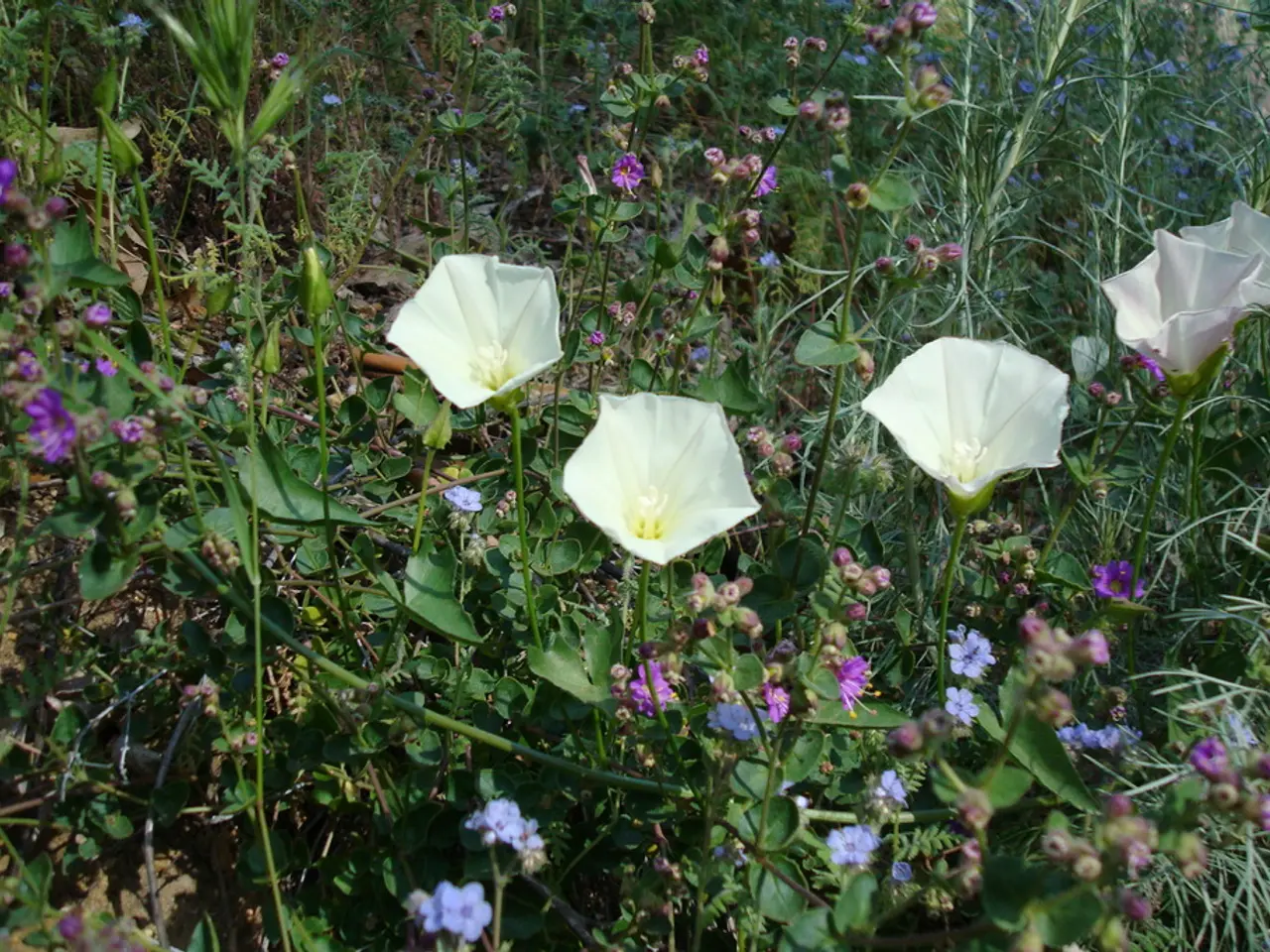Sustainable Methods for Controlling Unwanted Plant Growth
In the realm of agriculture, a revolutionary approach is gaining traction: Permaculture. This sustainable farming method, rooted in ecological principles and natural cycles, offers a promising solution to the challenges of weed infestations and environmental stressors.
Conservation tillage and no-till farming practices are central to permaculture, preserving soil structure, increasing organic matter, and supporting the natural processes that suppress weed growth. By doing so, they contribute to a more resilient and sustainable agricultural system.
Precision agriculture techniques, such as GPS-guided cultivation, robotic mowing, and targeted hand-weeding, are also integral to permaculture. These methods help achieve effective mechanical weed control, minimizing disturbance to the soil, and maintaining its integrity.
The permaculture approach to weed management emphasizes working in harmony with nature. It focuses on creating a balanced ecosystem, minimizing external inputs, and using integrated pest management techniques to effectively manage weeds without relying on harmful chemicals.
Integration of IPM strategies and biological control methods into permaculture-based weed management systems creates a more resilient and sustainable approach. This reduces reliance on synthetic inputs while fostering a thriving, diverse ecosystem.
Permaculture practitioners employ biological control mechanisms, such as beneficial insects (ladybugs, lacewings, spiders, certain plant species) and natural predators (birds, rodents), to manage weed populations. Organic herbicides, formulated with natural active ingredients, can also effectively combat a wide range of weed species.
The adoption of sustainable herbicide alternatives, such as organic herbicides, can help minimize the reliance on synthetic chemicals while maintaining effective natural weed control. Mechanical weed control methods, such as hand-pulling, hoeing, and cultivating, play a crucial role in maintaining a balanced and thriving ecosystem in permaculture.
Adopting permaculture-inspired techniques, like mulching, crop rotation, and intercropping, gardeners and farmers can create a balanced, self-sustaining garden or farm that is resilient to the challenges of weed infestations and other environmental stressors.
The key to successful weed management in permaculture lies in fostering a diverse, interconnected system where every element plays a vital role. By prioritizing ecological principles, embracing natural cycles, and nurturing the inherent balance of the land, permaculture practitioners can establish a thriving, low-maintenance permaculture garden or farm.
Sustainable weed management is not just about eliminating weeds, but about fostering a balanced and resilient ecosystem where weeds and other plants can coexist in harmony. No-till farming eliminates the need for plowing or tilling, allowing the soil to maintain its natural structure, fostering a diverse ecosystem that is inherently resistant to weed invasion.
In conclusion, permaculture offers a promising solution for sustainable weed management. By adopting its principles and techniques, we can create a more resilient, balanced, and eco-friendly agricultural system that benefits both the environment and our communities.
Read also:
- Peptide YY (PYY): Exploring its Role in Appetite Suppression, Intestinal Health, and Cognitive Links
- Toddler Health: Rotavirus Signs, Origins, and Potential Complications
- Digestive issues and heart discomfort: Root causes and associated health conditions
- House Infernos: Deadly Hazards Surpassing the Flames








